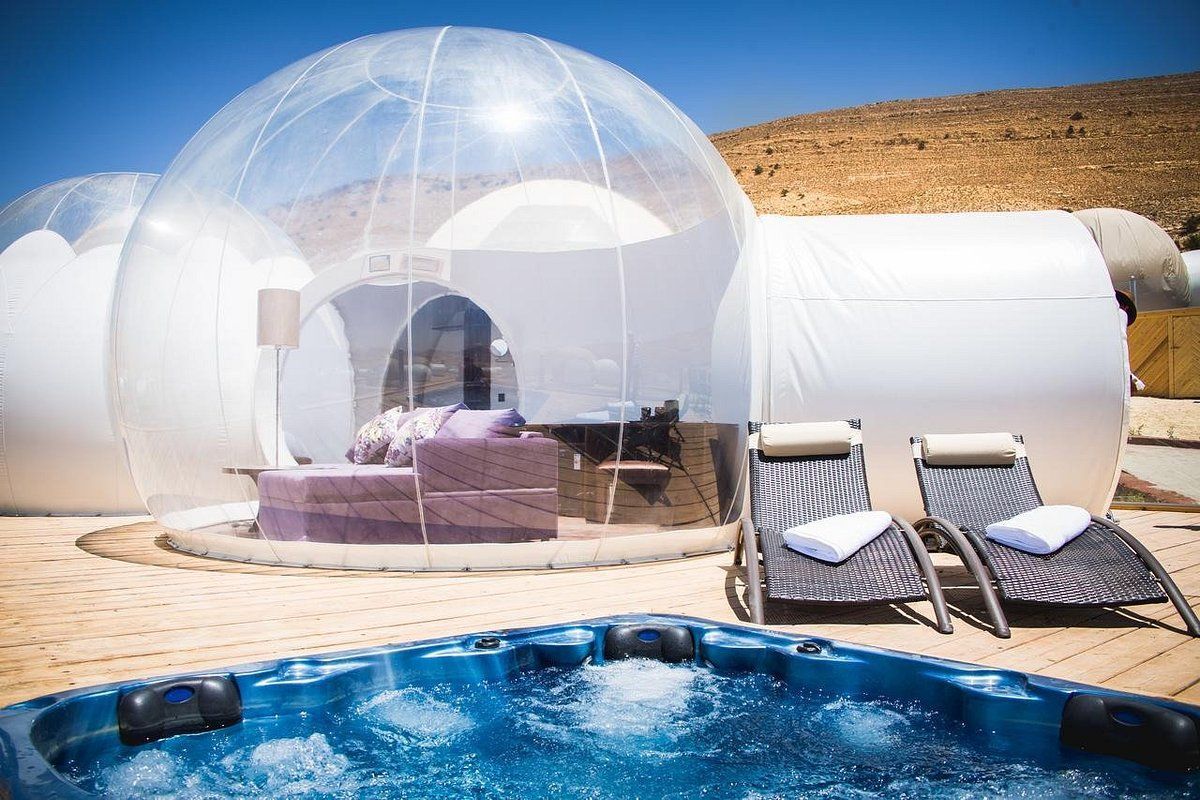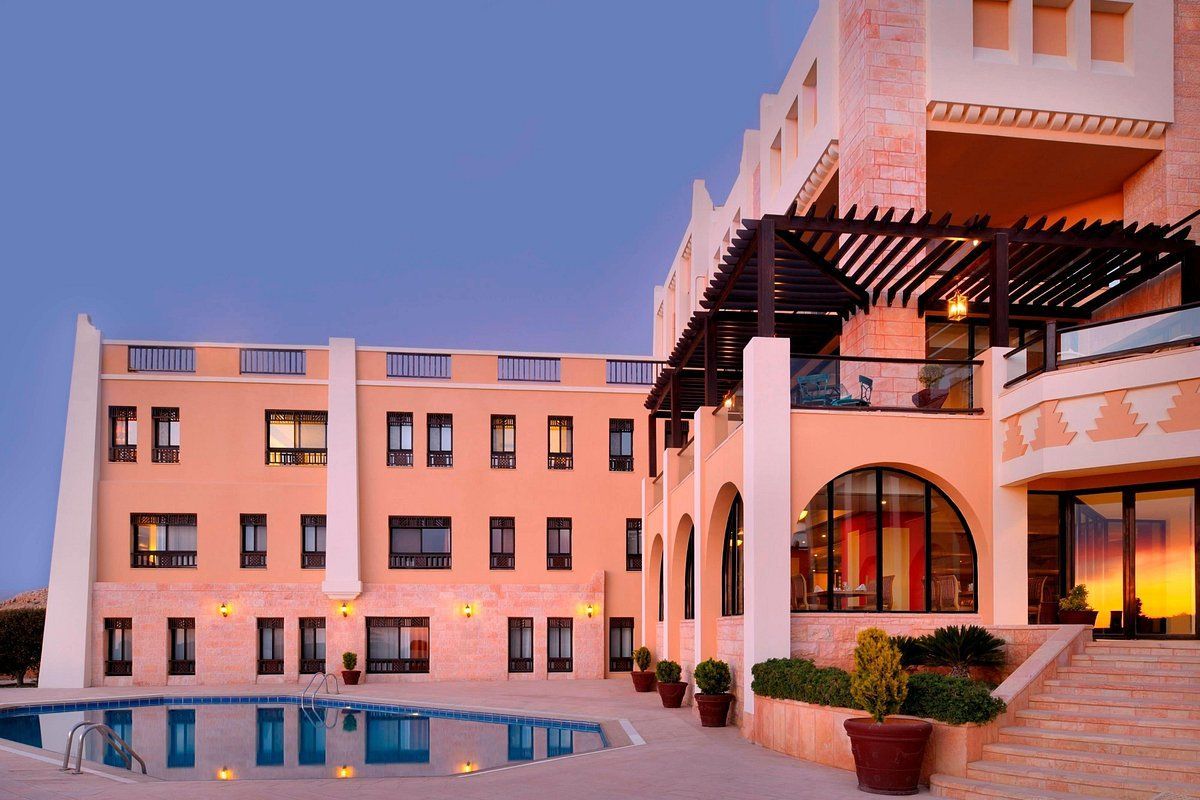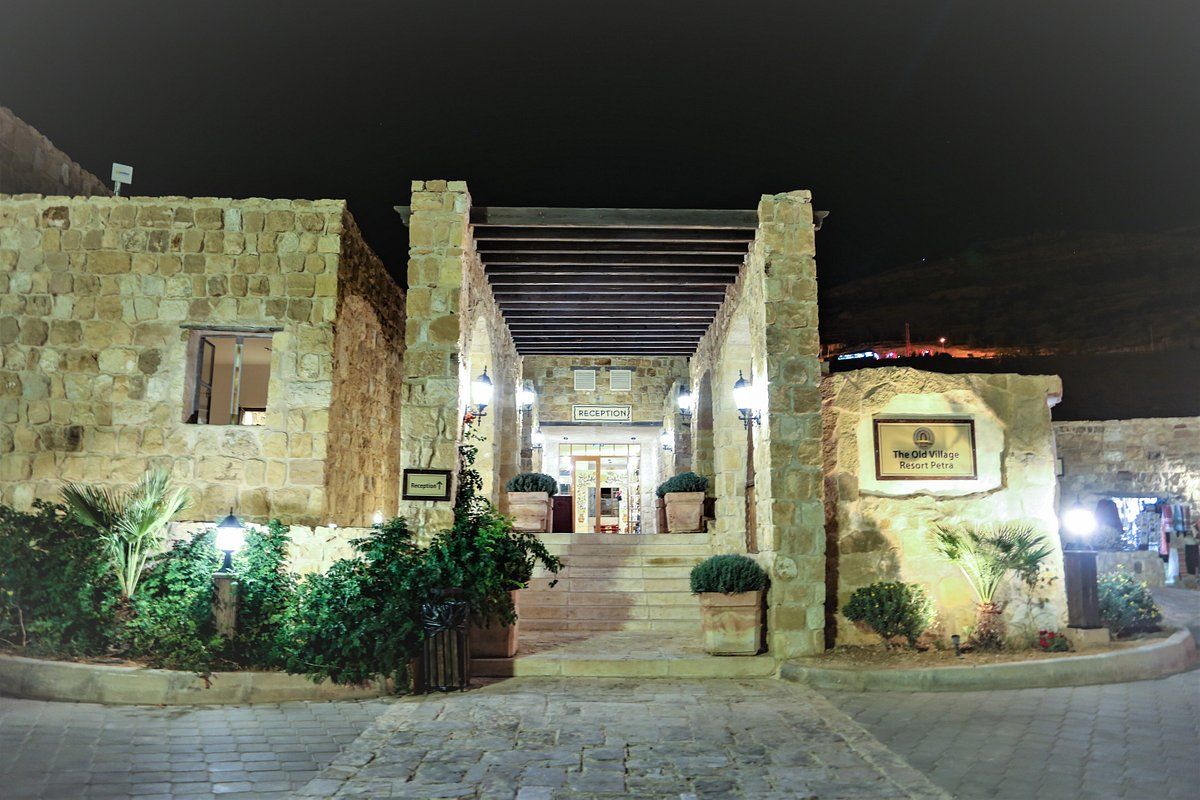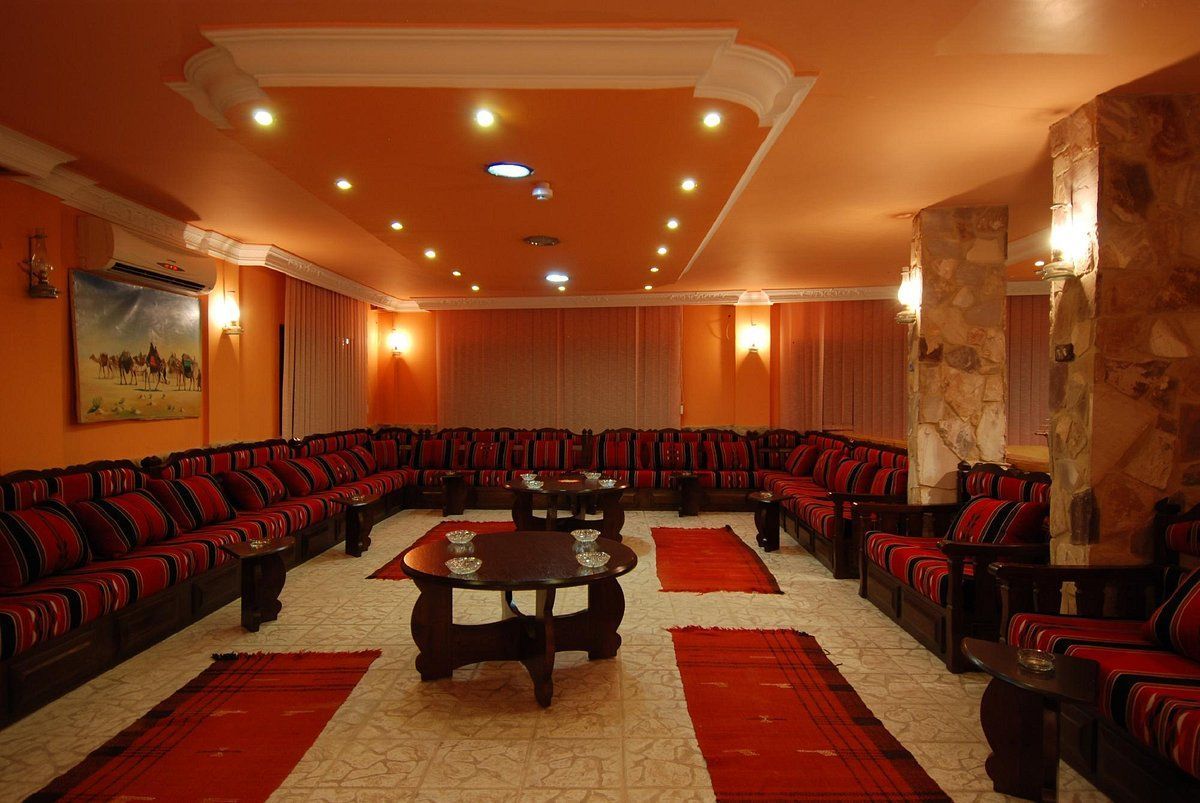Get in touch
Petra, Jordan
Step into the Past and Experience the Majesty of Petra, Where Ancient Civilisations and Natural Beauty Converge in Jordan’s Desert
Petra Unveiled: Jordan's Timeless Wonder Amidst Rose-Red Canyons
Petra, Jordan's most treasured and enchanting archaeological site, invites luxury travellers to explore an ancient world carved from the very mountains. Known as the Rose City for its striking red sandstone cliffs, Petra offers a mesmerising journey back in time to the Nabatean kingdom. Beyond the iconic Al Khazneh (The Treasury) lie vast ruins, royal tombs, and breathtaking natural landscapes, all set within a deep canyon that has captivated visitors for centuries. Petra is not just a destination; it's an escape into a world where history and luxury intertwine, providing an unforgettable experience of discovery and indulgence.
Key places to visit
The Siq: The main entrance to Petra, a narrow gorge flanked by towering cliffs, leading to the majestic view of Al Khazneh.
Al Khazneh (The Treasury): Petra's most iconic monument, an awe-inspiring facade carved into the pink sandstone, believed to have been a mausoleum or a treasury.
The Monastery (Ad Deir): A monumental building carved out of rock, requiring a climb of 800 steps, offering panoramic views and a glimpse into Petra’s monastic past.
High Place of Sacrifice: A ceremonial altar offering stunning views of Petra and its surrounding mountains, accessible via a steep and scenic trail.
The Royal Tombs: A collection of impressive tombs carved into the western face of the valley, showcasing the architectural genius of the Nabateans.
Must-See Sights and Experiences:
Petra by Night: An enchanting experience where the Siq and The Treasury are lit by thousands of candles, enhancing the mystique of Petra under the stars.
Little Petra (Siq al-Barid): A smaller, less-visited archaeological site that served as a suburb of Petra, offering a more intimate glimpse into the ancient Nabatean way of life.
Wadi Rum: Combine your visit to Petra with a trip to Wadi Rum, known as the Valley of the Moon, for a desert adventure with luxury camping under the stars.
Jordanian Cooking Class: Participate in a cooking class to learn how to prepare traditional Jordanian dishes, offering a taste of the local culture and cuisine.
Hot Air Balloon Ride: Experience a bird's eye view of Petra and the surrounding desert landscape with an unforgettable hot air balloon ride at dawn.
Latest Tailor-made Offers






Latest Hotel Offers
Top Luxury Hotels

Petra Bubble Luxotel
Offering a unique experience, this hotel features transparent bubble tents that allow guests to gaze at the stars from the comfort of their beds, all while overlooking the Petra mountains.

Petra Marriott Hotel
Perched on a hilltop, this hotel offers breathtaking views of the Petra valley, luxurious accommodations, and traditional Jordanian hospitality.

The Old Village Hotel & Resort
Situated close to Petra, this resort is designed to resemble a traditional Jordanian village, offering an authentic experience combined with modern amenities.

Al Rashid Hotel
A boutique hotel located in Wadi Musa, the town closest to Petra, known for its warm hospitality and comfortable rooms, serving as a cosy base for visitors.
Insider Guides and Tips:
Best Time to Visit: The best times to explore Petra are during spring (March to May) and autumn (September to November) when the weather is mild and pleasant.
Dress Appropriately: Wear comfortable walking shoes and dress modestly to respect local customs, bringing layers for temperature changes in the desert.
Stay Hydrated: Carry plenty of water while exploring Petra, as the desert climate can be dehydrating, especially during the warmer months.
Respect the Site: Petra is a UNESCO World Heritage site; respect the ancient ruins by not climbing on them and following designated paths.
Local Guides: Hire a local guide to enhance your visit with historical insights and access to lesser-known parts of the site, contributing to the local economy.
Opening Times: Monday to Sunday 09:00 - 20:00 | Saturday 09:00 - 18:00 | Sunday 10:00 - 18:00
Kullaborne Travel Limited acts as an agent in respect of all bookings made on our website or by telephone. For all bookings, your contract will be with the applicable Supplier/Principal (e.g. tour operator/airline /accommodation /cruise provider) of your chosen travel arrangements and Kullaborne Travel Limited acts only as an agent on their behalf. All flight-inclusive holidays featured on this website are financially protected by the ATOL scheme and in accordance with the holiday provider’s ATOL licence. When you pay for your flight-inclusive holiday you will be supplied with an ATOL Certificate, and fully supported through ATOL (ATOL 12540 ). Kullaborne Travel Limited is registered with UK Companies House with registered number 15232567 and our VAT number is GB 461158206.
© 2024 Kullaborne Travel Limited



